Desert Rose Leaves curling
9 years ago
Related Stories
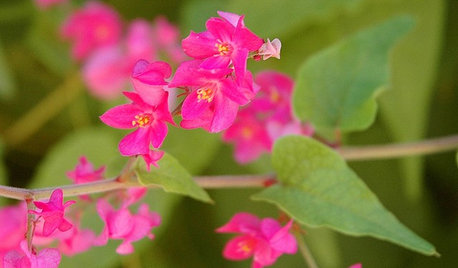
GARDENING GUIDESGreat Design Plant: Antigonon Leptopus in California and Desert Gardens
Dry climates can enjoy sprays of delicate pink flowers and heart-shaped leaves on this drought-tolerant, summer-flowering vine
Full Story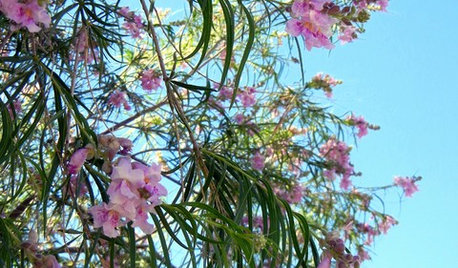
LANDSCAPE DESIGNGreat Design Plant: Paint the Summer Landscape With Desert Willow
If the vibrant flowers of this Southwestern native tree don't blow you away, the hummingbirds, fire resistance and low maintenance will
Full Story
WINTER GARDENINGPruning Secrets for Exquisite Roses
Encourage gorgeous blooms year after year with this time-tested advice on how to prune your rosebush in winter for health and shape
Full Story
GARDENING GUIDESWhat Kind of Roses Should You Grow?
Want to add the beauty of roses to your garden? Find out which ones, from old-fashioned to modern, are right for you
Full Story
GARDENING GUIDESLearn the Secret to Bigger and Better Roses
Grow beautiful roses using both ordinary and unusual soil amendments
Full Story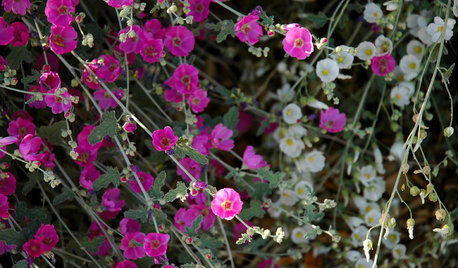
FLOWERSGreat Design Plant: Globe Mallow
This drought-tolerant perennial hides a secret, but the delicate beauty it brings to desert landscapes is no surprise
Full Story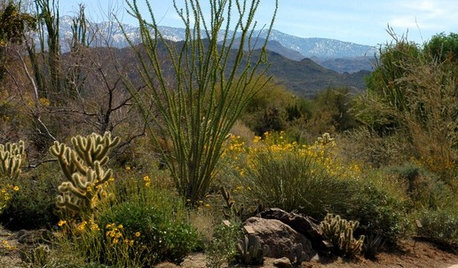
GARDENING GUIDESSouthwest Gardener's April Checklist
Welcome the return of roses and herbs, and consider a new use for vines as you rejoice in your newly green spring garden
Full Story
GARDENING GUIDESGreat Design Plant: Rosa Banksiae a Low-Maintenance Beauty
This thornless, disease- and insect-resistant rose brings showers of white or yellow flowers to the spring garden
Full Story
FALL GARDENINGHouzz Call: Show Us Your Fall Color!
Post pictures of your fall landscape — plants, leaves, wildlife — in the Comments section. Your photo could appear in an upcoming article
Full Story
FUN HOUZZ31 True Tales of Remodeling Gone Wild
Drugs, sex, excess — the home design industry is rife with stories that will blow your mind, or at least leave you scratching your head
Full StorySponsored
Franklin County's Preferred Architectural Firm | Best of Houzz Winner
More Discussions






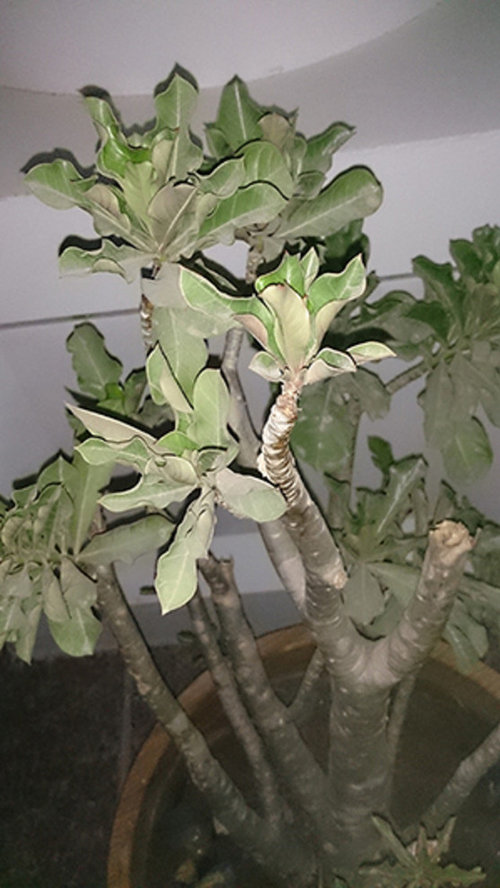
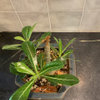

rcharles_gw (Canada)
RoseAudOriginal Author
Related Professionals
Accokeek Landscape Architects & Landscape Designers · Comstock Park Landscape Architects & Landscape Designers · Saint Louis Park Landscape Architects & Landscape Designers · Westwood Landscape Contractors · Williamsburg Landscape Contractors · Addison Landscape Contractors · Amesbury Landscape Contractors · Belmont Landscape Contractors · Deer Park Landscape Contractors · Lake Saint Louis Landscape Contractors · Medford Landscape Contractors · Richmond Landscape Contractors · Wallingford Landscape Contractors · Woodbury Landscape Contractors · Tyngsboro Landscape Contractorsaustin_113
austin_113
greenclaws UK, Zone 8a
RoseAudOriginal Author
greenclaws UK, Zone 8a
RoseAudOriginal Author
greenclaws UK, Zone 8a
rcharles_gw (Canada)
RoseAudOriginal Author
RoseAudOriginal Author
greenclaws UK, Zone 8a
jasonwipf
RoseAudOriginal Author
jasonwipf
somalenese
Ghassan El Kesti
Ghassan El Kesti